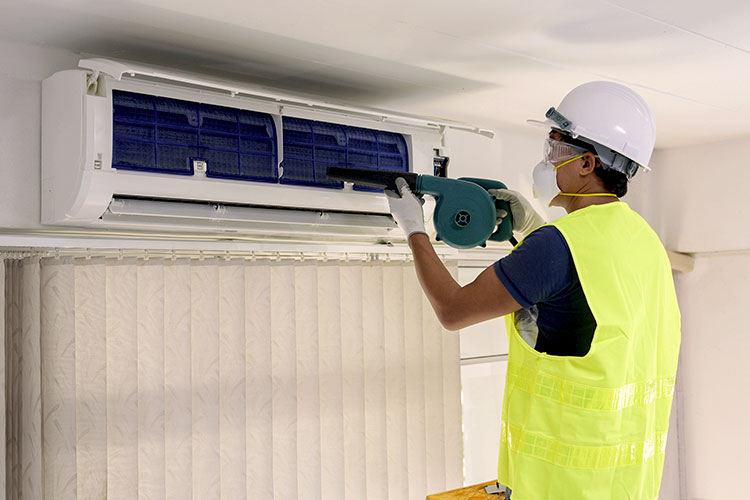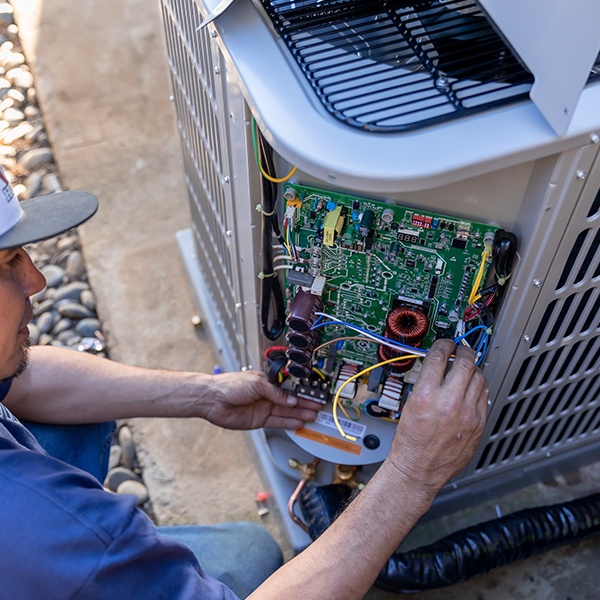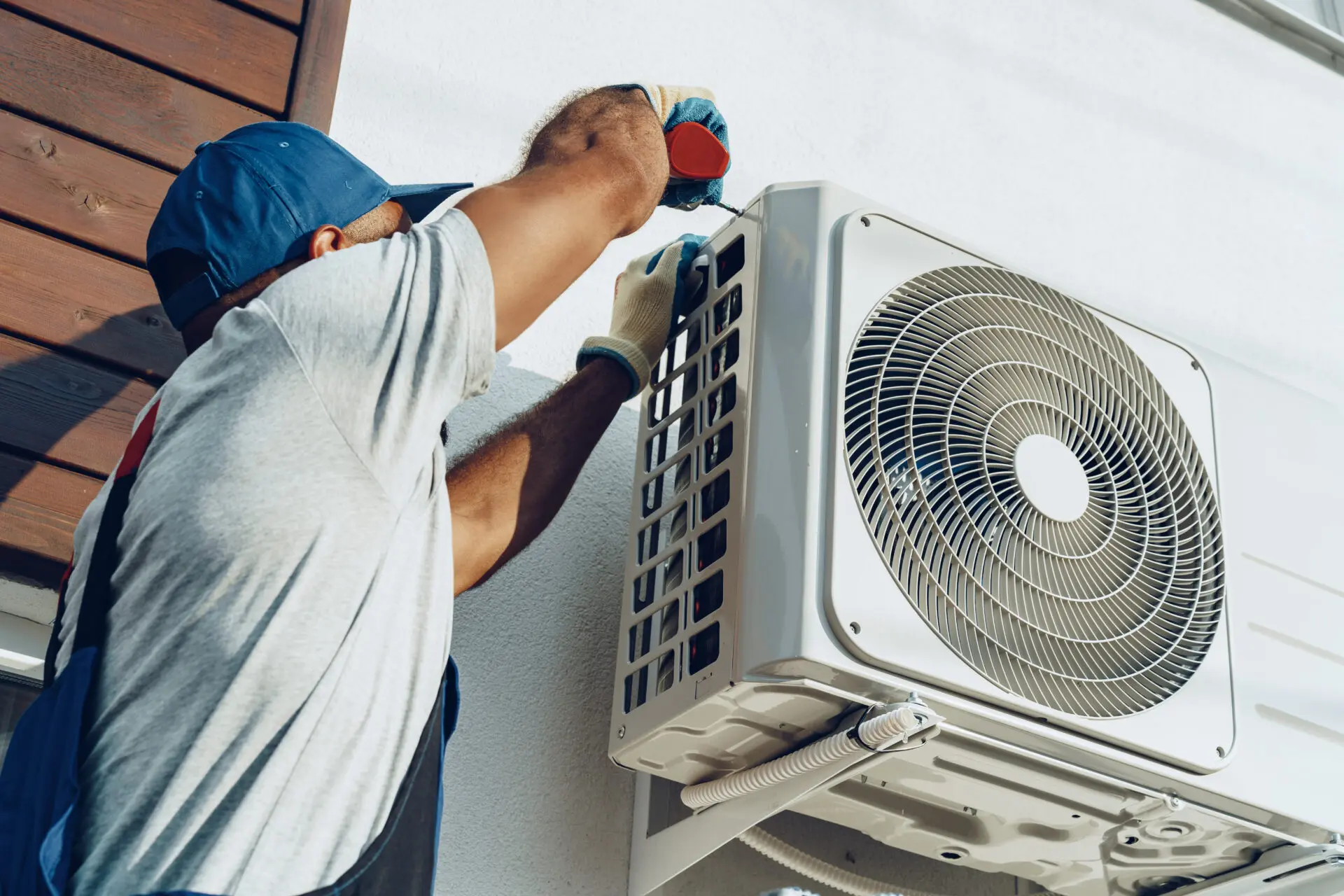Specialist AC Repair Fresno: Ensuring Your Home Stays Trendy and Comfy
Fixing A/c Problems: Typical Issues and DIY Repair Work Tips for Homeowners
When it concerns the convenience of our homes, a working a/c system plays a crucial function. Problems with your Air conditioning device can emerge all of a sudden, leaving you in discomfort. From unusual noises to leakages and insufficient cooling, these problems can be irritating and pricey if not dealt with promptly. As a homeowner, having a standard understanding of typical air conditioning issues and some do it yourself repair service tips can conserve you money and time. Let's discover some of one of the most normal problems home owners encounter with their air conditioning systems and just how you can fix them effectively to guarantee your home stays cool and comfy.
Strange Sounds From AC System
When your AC system starts sending out unusual audios, diagnosing and resolving these noises without delay can avoid more damage and guarantee optimum performance. One typical sound is a high-pitched squealing, which may suggest an issue with the belt that attaches the motor to the blower. This issue can cause overheating and system failing if not fixed promptly. Another problematic noise is a grinding sound, generally triggered by metal-on-metal contact within the system. This might be as a result of damaged bearings or a malfunctioning motor - ac repair fresno. Disregarding this noise might lead to substantial damages to the AC unit. Furthermore, a clicking noise might signify a trouble with the relay button, which regulates the power supply to the compressor. Neglecting this issue may result in compressor failure. A buzzing noise may suggest debris in the outside device or electric problems. Routine maintenance and timely repair work are important in attending to these noises to guarantee the longevity and efficiency of your a/c unit.
Leaking or Dripping A/c
The existence of water dripping or leaking from your a/c system can show underlying problems that call for timely focus to stop damages and preserve the system's capability. Leaks can originate from various resources within the air conditioning system. One typical factor for water leakage is a clogged up condensate drain line. With time, this line can become obstructed by dust, debris, or algae growth, creating water to back up and overflow from the system. An additional potential reason of leakages could be a damaged or poorly installed drain frying pan, bring about water seepage. Furthermore, an unclean or blocked air filter can restrict air movement, causing the evaporator coils to freeze and after that thaw, causing excess water that may leak out of the system. To resolve dripping or dripping air conditioning problems, house owners can begin by checking and cleaning up the condensate drainpipe line, evaluating the drainpipe pan for damage, replacing air filters consistently, and guaranteeing appropriate setup of all parts. If troubles linger, it is recommended to look for specialist cooling and heating assistance to avoid additional damage and make sure ideal system official source performance.

Inadequate Cooling Performance
Inadequate cooling efficiency in an air conditioning system can be indicative of underlying issues that need punctual medical diagnosis and resolution to ensure ideal performance. Cleaning up the coils can often resolve this problem. Normal maintenance and attending to concerns promptly are essential to ensuring your air conditioning system operates at its finest.
A/c Not Activating

Resetting the breaker may solve the problem. If the thermostat his response shows up to be working correctly, examine the air filter for dirt and particles buildup.
If these checks do not resolve the issue, it is advisable to speak to a professional cooling and heating service technician to diagnose and fix any underlying problems with the cooling device.
Unequal Air Conditioning in Various Rooms
Irregular room temperatures can be an usual issue in houses with central air systems. A number of factors can add to irregular air conditioning in various areas. One common factor is incorrect insulation, which can bring about temperature variations throughout the residence. Insufficient insulation enables cool air to leave, causing some areas being cooler than others. Additionally, obstructed or filthy air vents can restrict the air flow, creating certain rooms to get much less trendy air than needed.
To resolve this trouble, homeowners can start by checking and guaranteeing that all air vents are open and unhampered. Consistently cleaning or replacing air filters is also essential to maintain proper content airflow and avoid blockages. Another service is to think about installing a zoning system that allows for individual temperature control in different areas of your home. This can aid manage temperature levels better and address specific convenience requires in each space. By attending to these usual concerns, property owners can enhance the total cooling effectiveness of their central air conditioning system and achieve even more constant space temperatures throughout their homes.

Conclusion
Finally, fixing common air conditioner problems such as strange sounds, leakages, poor air conditioning, not transforming on, and unequal air conditioning can be convenient for home owners with some basic do it yourself fixing tips. By identifying the problem and taking suitable steps to address it, property owners can potentially save money on repair costs and ensure their AC unit runs successfully. Normal maintenance and prompt attention to any issues can assist lengthen the lifespan of the air conditioning system.